
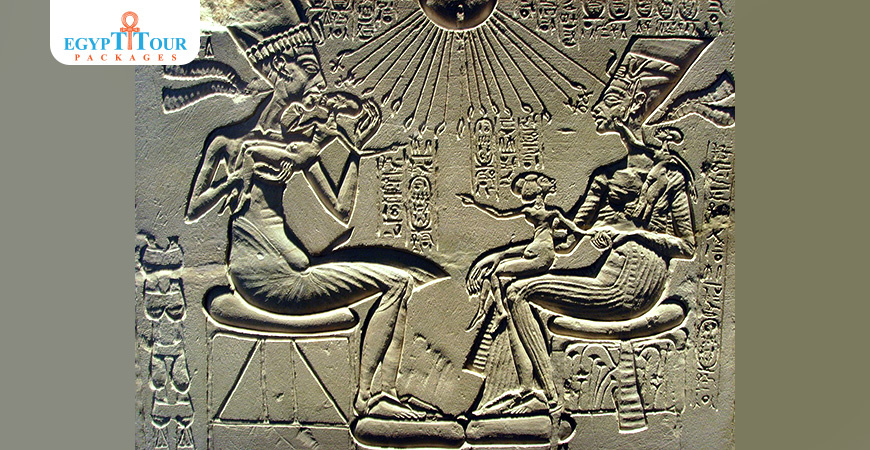
Amarna
Tell El Amarna, also known as Amarna or Akhetaten, is an archaeological site in Egypt that holds great historical and cultural significance.
Where is Amarna?
Tell El Amarna, also known as Amarna or Akhetaten, is an archaeological site in Egypt that holds great historical and cultural significance. Amarna
period
Amenhotep IV (Akhenaten) was the son of King Amenhotep III and his wife Tiye.Amenhotep IV married Nefertiti and had six daughters with her.He also married Mrs. Kia. Amenhotep IV ruled Egypt for about 21 years.He made Thebes his capital at the beginning of his rule, and called for a new religion based on monotheism and rejecting multiple gods.He faced difficulties and conspiracies in Thebes, so he decided to build a new capital in Minya Governorate.He set its borders and began its construction in the fourth year of his reign, then completed it in the sixth year. It included royal palaces, temples, and individual homes, and was hastily built of mud bricks.Tombs were built east of the city. Akhenaten changed his names, and Aten replaced Amun in his name.This god was declared a deity for the entire empire. He revolted against the gods of Egypt, led by Amun, and deleted their names and scenes from the inscriptions. He abandoned everything except his new religion.The Egyptian Empire lost most of its states in Asia due to his unwillingness to send military campaigns to help the rulers of the states who sent him diplomatic letters. His revolution was a religious and artistic revolution in which he abandoned all traditions of sanctity surrounding the royal family. Artists were allowed to photograph him in special positions and bodies. Akhenaten's doctrine was based on oneness, truth, and honesty, and he forbade making statues of his god a human or animal image, and he was satisfied with the disk of the sun, from which rays of human hands hung. He is the mediator between people and God, and therefore Aton had no priests and Aton had no wife.Its temples were characterized by open courtyards so that the sun's rays could enter.Amun's followers took revenge on Akhenaten after his death and destroyed his monuments.The city built by Akhenaten was called Akhet-Aten, which means the horizon of the sun disk or the horizon of the Aten.The villages of Al-
Tell El Amarna, also known as Amarna or Akhetaten, is an archaeological site in Egypt that holds great historical and cultural significance. Amarna
and Al-Hajj Qandil in the Deir Mawas center in Minya Governorate and the village of Al-Houta in Assiut Governorate now stand on its ruins. Some of the ruins of this city located east of the Nile were uncovered, which consists of the Great Temple and the Small Temple of the Aten, the Great Southern Palace and the Northern Palace, housing for employees and workers, and tombs.We can now review some of the monuments of this city.
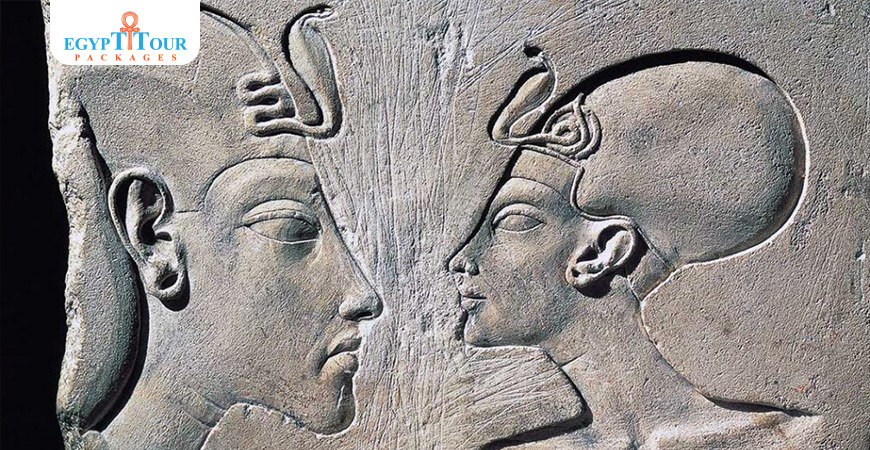
Amarna Art
Firstly The Great Temple
The name of the temple is pr-aten-im-akhet which means the house of the Aten in Akhet-Aten or the horizon of the Aten.The Great Temple is located next to the Nile in the middle of the city. It is a rectangular building extending from east to west.It is the largest temple of the Aten.It was built of mud bricks and stones.Many carved pieces and blocks and parts of statues were found inside the temple.The Great Temple of Aten is a temple located within the scope of the distinctive unroofed temples built by King Akhenaten (Amenhotep IV) to the north of the sacred area and the new capital city, “Akhet-Aten, meaning the Horizon of Aten,” known as
Tell El Amarna, also known as Amarna or Akhetaten, is an archaeological site in Egypt that holds great historical and cultural significance. Amarna
which he took during his reign in the fourth year of his reign instead of Thebes and dedicated it to the worship of the god Aten the disk of the sun. Akhenaten built two temples in the city of Tell el-
Tell El Amarna, also known as Amarna or Akhetaten, is an archaeological site in Egypt that holds great historical and cultural significance. Amarna
: one for Queen Tiye, which is the Small Temple of Aten and the other is the official state temple for King Akhenaten himself, which is the Great Temple. He may have built a third temple for Princess Bakte Aten as well, and even built around those temples in the same area, the King’s Palace. And the palaces of princes.These temples differed from other temples of the New Kingdom as they were characterized by the color of Atenite thought and doctrine.The most important thing that distinguished these temples was the presence of an upper lintel separated between the two towers of the edifice so as not to prevent the rays of the sun. This edifice is also followed by several open courtyards for the same reason and thus the sun penetrates through them.From every angle there were no barriers separating the temple visitors from their god Aten unlike the rest of the temples, the god’s sanctuary was dark.
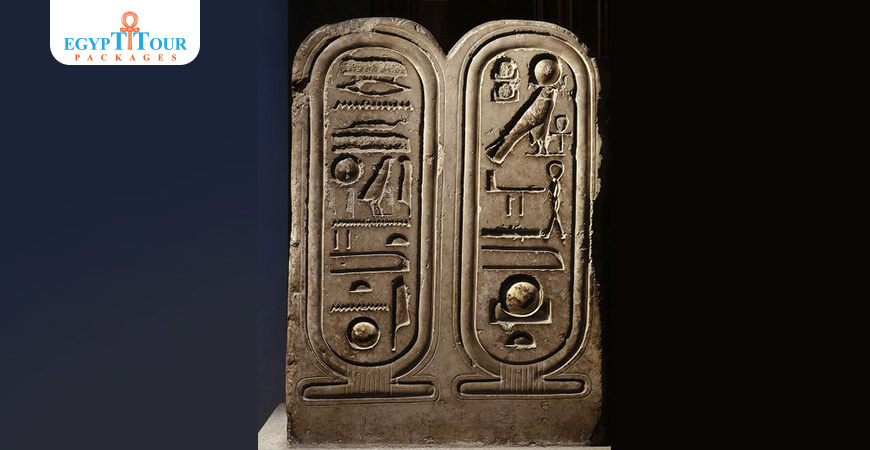
Amarna period art
Secondly, the small temple
named after t3-hoot-pa-Aton-m-Akhtet-Aton, It means the Temple of the Aten in Akhet-Aten.It is located next to the central part of the city and is a rectangular building. It is smaller than the large temple, and was quickly built of mud bricks and stones.
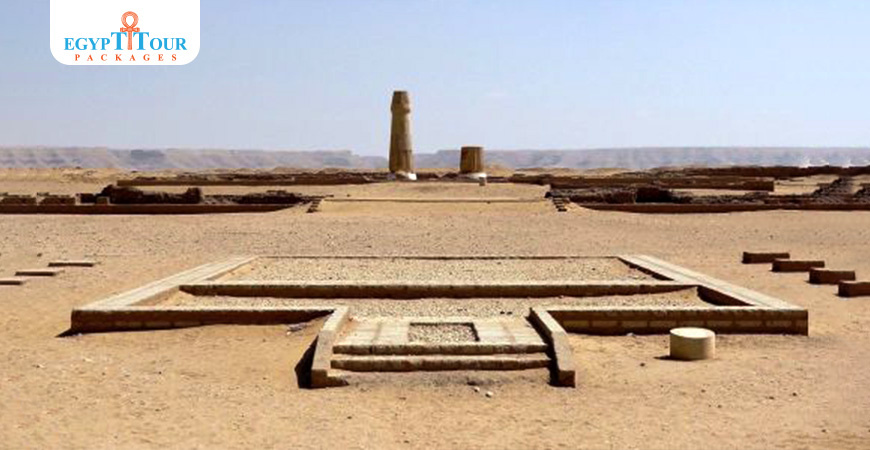
Amarna, Egypt
Tell El Amarna, also known as Amarna or Akhetaten, is an archaeological site in Egypt that holds great historical and cultural significance. Amarna
palaces and houses. In the new city, Akhenaten built royal palaces and homes for senior officials and workers. The remains of these palaces and houses were found and included many royal statues and heads. Here we will suffice with referring to the large royal palace located in the center of the capital. It was built of mud bricks and stones. The floor of the palace was decorated with scenes, including scenes of birds flying in the swamps, and the walls were decorated with scenes of servants at work.
Ba Nahasi's house
Banahsi (also nicknamed Pinhasi) was an Egyptian nobleman who held the titles of “Servant of the Aten in the Temple of Aten in Akhet Aten during the reign of the Egyptian King Akhenaten.Panahsi had two houses in
Tell El Amarna, also known as Amarna or Akhetaten, is an archaeological site in Egypt that holds great historical and cultural significance. Amarna
. One is located near the temple, while the other is located in the city center. The house near the temple was probably an office.Banhassi's headquarters is located in the center of
Tell El Amarna, also known as Amarna or Akhetaten, is an archaeological site in Egypt that holds great historical and cultural significance. Amarna
. A large shrine was discovered in his main residence depicting Akhenaten, Nefertiti, and Princess Meretaten making sacrifices to the Aten. This is an example of the local cult of the royal couple.To the south of Banhassi's house was a small village.The total area occupied by the village should be less than the area occupied by the main headquarters of the priest.The village consists of about forty houses that were most likely the residences of Banahsi employees.Near the house a painting was discovered depicting Amenhotep III and Queen Tiy. Panahsi's second residence near the Temple of the Aten may have been related to his function as livestock overseer.The structure includes stone floors and brick managers and may have served as a livestock pen.Excavations revealed remains of cows, horns and bones.The bones were the remains of cattle slaughtered for sacrifice in the temple. The central hall of this house contained a stone-built shrine that was painted to look like the Temple of Tel el-
Tell El Amarna, also known as Amarna or Akhetaten, is an archaeological site in Egypt that holds great historical and cultural significance. Amarna
. The structure had narrow wooden doors and likely contained a statue of the king. The shrine is now in the Egyptian Museum in Cairo.
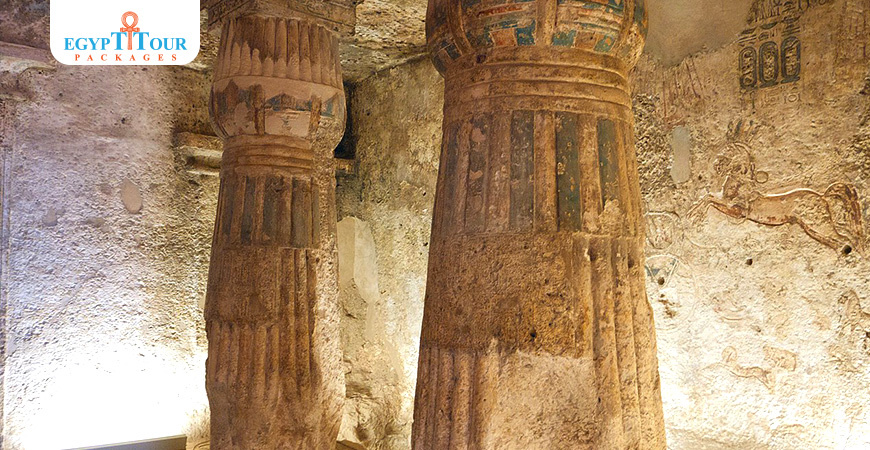
Amarna period art(Amarna Tombs)
Tell El Amarna, also known as Amarna or Akhetaten, is an archaeological site in Egypt that holds great historical and cultural significance. Amarna
Tombs
The
Tell El Amarna, also known as Amarna or Akhetaten, is an archaeological site in Egypt that holds great historical and cultural significance. Amarna
Tombs are considered tombs carved into the mountain rocks east of the Nile and are divided according to their geographical location into the northern and southern cemeteries including the royal cemetery.Each tomb consists of two parts: an upper part (one or more front rooms, the statue room) and a lower part (a well or burial chamber).
The Royal Mass Cemetery
It is located near the end of a valley extending from west to east, known as Wadi Abu Hassan al-Bahri or Darb al-Hamzawi located east of the city 6 km from the capital Akhet Aten. The cemetery was uncovered in the 1890s. After the discovery of the tomb the valley was known as the Royal Valley or the The trail of the king. It includes several graves.
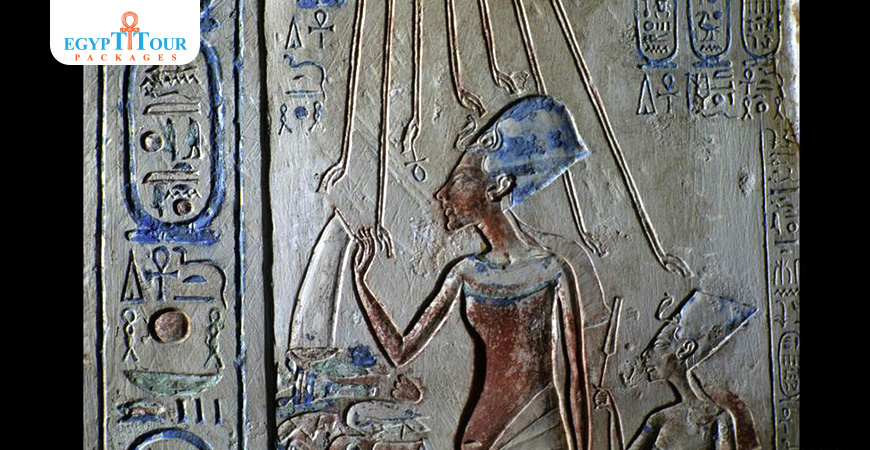
The Amarna period
Akhenaten's tomb
The royal tomb of Akhenaten, or Tomb 55, is a tomb found in
Tell El Amarna, also known as Amarna or Akhetaten, is an archaeological site in Egypt that holds great historical and cultural significance. Amarna
, in which a mummy wearing gold jewelry was found. After research and tests to determine who owned the mummy it became clear that it was the mummy of Pharaoh Akhenaten
Cemetery layout
The entrance to the tomb consists of twenty stairs leading down to the entrance to a long vestibule.In the middle of this vestibule there is a corridor that leads to several small successive rooms dug in the mountain incompletely and it is likely that they were for Nefertiti. The vestibule continues to slope slightly downwards, and to its right there is a second room from which two rooms branch off.Then the vestibule descends several stairs to a front room and from there to the burial chamber with two columns where the granite nause of Akhenaten was found in a shallow hole in the room.The walls of the room are decorated with scenes showing Nefertiti is in protective goddess form. as well as an image of the sun disk which represented the god Aten.
reburial of the mummy
It is possible that Akhenaten's mummy was taken from that cemetery for reburial after the capital returned to Thebes and was buried in one of the tombs of the
Used as a burial chamber for nearly 500 years, the Valley of the Kings was used for royal burials for the Kings,their families, and their possessions. Valley of the Kings
(Thebes West). Akhenaten's sarcophagus was destroyed during the revolt of the priests of Amun, but it was recently restored and now adorns the garden of the Egyptian Museum in Cairo.
The tomb of a queen or princess
There is an entrance in the middle of the northern wall in Akhenaten’s tomb. This entrance connects to three rooms and three descending corridors with incomplete sculpture. It is possible that this part was intended for a member of the royal family (Queen Tiy, Nefertiti, one of the princesses).
The tomb of Meket Aten
Tomb of Meket Aten.There is an entrance in the northern wall of the long, descending corridor which contains two stairs specifically at the end of this corridor and immediately before the second staircase, the entrance connects to three rooms. At the end of the second hall is an entrance that leads to the third hall, which is the funerary room or burial room. In its architectural style the cemetery is influenced by previous cemeteries, as it takes the form of a descending corridor with two stairs separated by a long corridor.
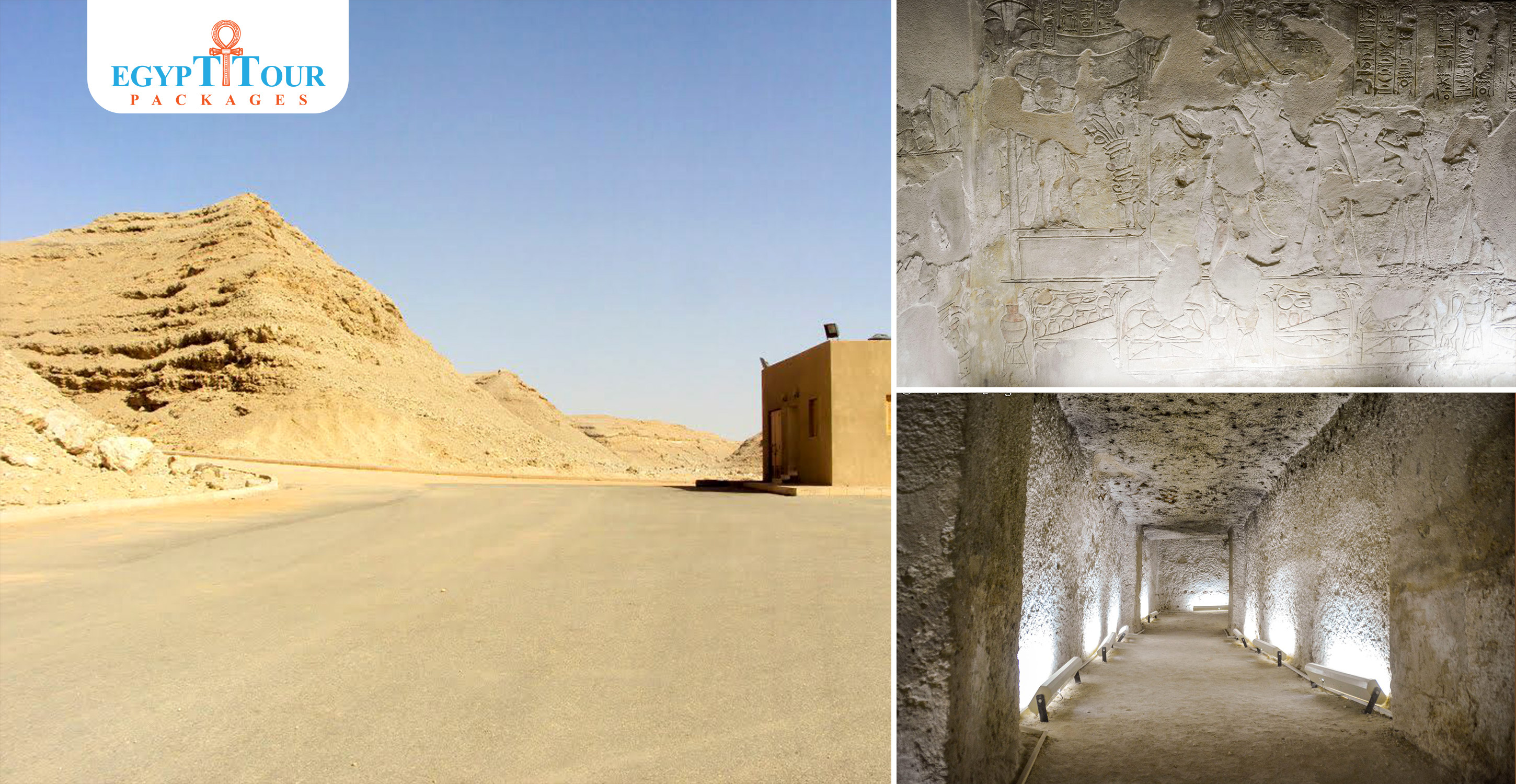
Amarna art(The tomb of nobles) )
Cemeteries of individuals in Tel el- Tell El Amarna, also known as Amarna or Akhetaten, is an archaeological site in Egypt that holds great historical and cultural significance. Amarna First, the northern tombs which consist of 6 tombs
The most important of which is the tomb of Huya:
He is the supervisor of the royal sanctuary, the supervisor of the two treasuries, and the royal servant of the great royal wife Ti.Architectural layout of the cemetery. A rock tomb consisting of a rectangular front hall with two columns, then a corridor, then a chapel containing the statue’s niche.
Secondly, the southern cemeteries
It consists of 25 cemeteries, including the cemetery of Ay. He was the penultimate pharaoh of the Eighteenth Dynasty in ancient Egypt. He was one of the most senior men in the royal palace and an apostate from religion, who managed to become a pharaoh at the end of a tragic historical era.
Cemetery layout
Architectural layout of the cemetery An unfinished rock tomb consisting of an entrance, a corridor, then a chamber containing a niche for the statue in the southern wall and stairs that were supposed to lead to an unexcavated burial chamber. The ceiling of the chapel contains 15 columns, and it appears that King Ay is the king who assumed power after
Tutankhamun, ruled as a boy only for a short time. He is most famous because his tomb was discovered almost intact and full of treasures in 1922 Tutankhamun
and built a tomb for himself in the
Used as a burial chamber for nearly 500 years, the Valley of the Kings was used for royal burials for the Kings,their families, and their possessions. Valley of the Kings
.
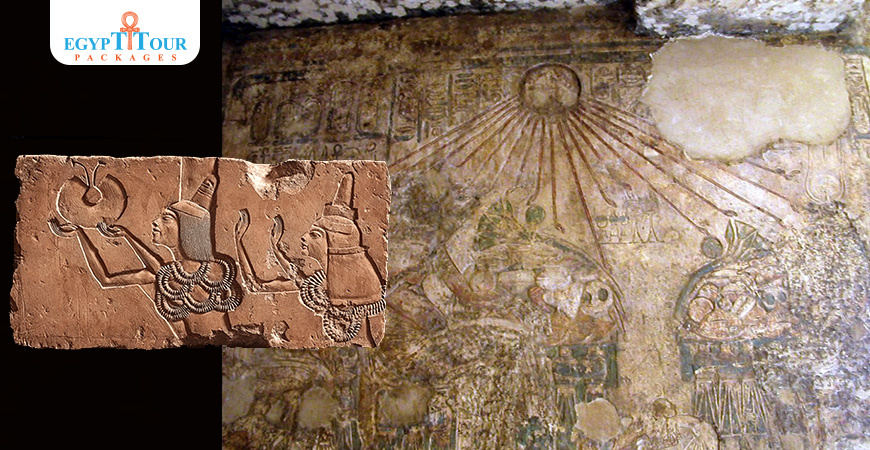
The Art of the Amarna Period
- The Art of the Tell El Amarna, also known as Amarna or Akhetaten, is an archaeological site in Egypt that holds great historical and cultural significance. Amarna Period
Of all the pharaohs who ruled ancient Egypt, there is one in particular that stands out from the rest. Over the course of his 17-year reign (1353-1336 BCE), Akhenaten spearheaded a cultural, religious, and artistic revolution that rattled the country, throwing thousands of years of tradition out the window and imposing a new world order. After his death his name was omitted from the king lists, his images desecrated and destroyed. From the surviving fragments of evidence, Egyptologists have pieced together the story of his life and reign, a period of spiritual upheaval and experimentation unlike any other in Egyptian history. Under his supervision, Egyptian art underwent a monumental transformation, with centuries of rigid convention abandoned in favor of a new, highly stylized artistic approach imbued with divine meaning.

The art produced during the Amarna period involved
Artifacts from Akhenaten's reign are instantly recognizable for their unique artistic style. Among the most striking of these pieces are those depicting the king himself, many of which have lead Egyptologists to question the state of the pharaoh's health and physical appearance.A prime example :an enormous, full-body statue of Akhenaten exhibiting some peculiar characteristics.The king's face is long and thin, with slit eyes and large, full lips. His figure is equally strange and out-of-proportion, with spindly arms, long fingers, a paunch, and feminine hips and breasts.At first glance, such a statue is shocking, as it strays so far from the path of typical Egyptian artistic convention. Instead of presenting the image of a young, fit, virile king, artistic representations of Akhenaten convey a very different message. With such strange bodily proportions and facial features, the pharaoh comes across as weak, sickly, and effeminate.

What was the Amarna period best known for art
IMAGES OF NEFERTITI & THE ROYAL FAMILY
One of the most touching and fascinating aspects of art during the
Tell El Amarna, also known as Amarna or Akhetaten, is an archaeological site in Egypt that holds great historical and cultural significance. Amarna
Period is how Akhenaten and his family presented themselves.In traditional Egyptian artwork,the figures are usually quite stiff and composed, often depicted participating in solemn religious ceremonies or political events. Seldom were the royal family shown in a casual setting, spending time together in scenes from their daily life. During the reign of Akhenaten, however, all this changed.The pharaoh was almost always accompanied by his daughters,and his Great Wife Nefertiti was always by his side. The family was frequently shown offering to the Aten, but there are also scenes of the royal family eating together and relaxing in the palace.The young princesses were often captured playing around their parents' thrones, or cradled in their laps. Nefertiti (and her daughters) were also painted with the same red ochre skin tone as her husband, a color typically reserved for males, and, along with the pharaoh.There exist countless stelae and carvings of Akhenaten and Nefertiti doting on one another and holding hands: in one instance the queen even sits on her husband's lap. The couple also frequently appears in relief scenes showing them riding chariots together and bestowing gifts on their subject from the “Window of Appearances” in their
Tell El Amarna, also known as Amarna or Akhetaten, is an archaeological site in Egypt that holds great historical and cultural significance. Amarna
palace. This kind of affectionate, realistically-casual portrayal of a pharaoh was unprecedented in Egyptian history.

What was the Amarna period best known for
Similarly unheard of was the symbolic precedence given to Queen Nefertiti in the art of the Tell El Amarna, also known as Amarna or Akhetaten, is an archaeological site in Egypt that holds great historical and cultural significance. Amarna Period. Instead of being portrayed as a scaled-down female figure standing behind her husband, Nefertiti was frequently presented at the same scale as Akhenaten, a bold artistic choice denoting her great importance and influence in court. And important she was: during the last few years of Akhenaten's reign, he appointed Nefertiti as his official co-regent, essentially making her a second king of Egypt on completely equal footing with him.
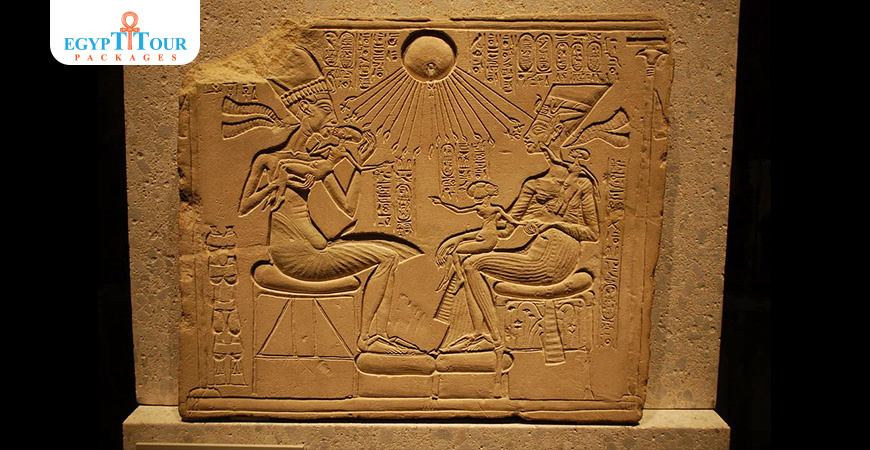
What does Amarna art mean
When it comes to the private tombs and monuments of Tell El Amarna, also known as Amarna or Akhetaten, is an archaeological site in Egypt that holds great historical and cultural significance. Amarna 's non-royal inhabitants, images of the royal family play an interesting role.Where once there would have been images of Horus, Amun, Isis, and other traditional deities lining the walls of elite burial chambers, now stood images of Akhenaten, Nefertiti, and their children. Of course, images of Aten were always present, and the sun disk always took precedence over any human characters depicted alongside it. However, during the Tell El Amarna, also known as Amarna or Akhetaten, is an archaeological site in Egypt that holds great historical and cultural significance. Amarna period images of the royal family completely replaced images of the gods that had decorated Egyptian tombs for centuries. Even on the pharaoh's own stone sarcophagus, images of Nefertiti replaced those of traditional goddesses.
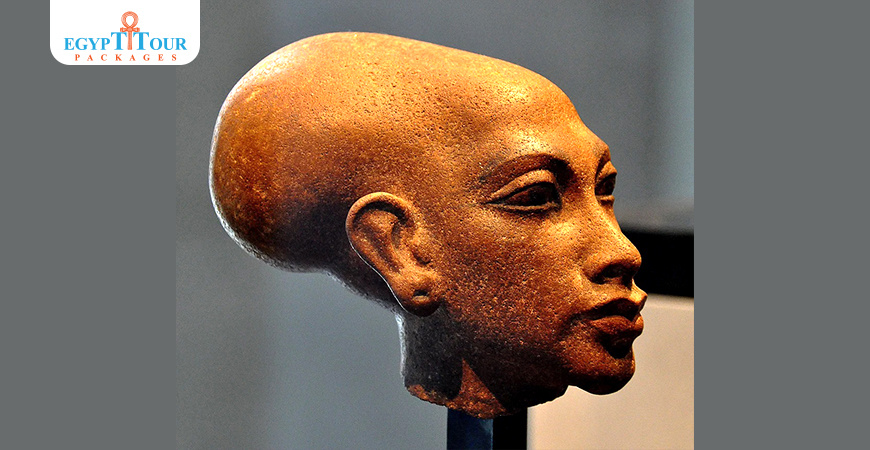
Amarna art characteristics
The end of the dynasty
After 17 years on the throne, Pharaoh Akhenaten died in 1336 BCE. He was succeeded by the mysterious Smenkhkare who in turn was succeeded by Akhenaten's young son Tutankhaten. Following Akhenaten's death, the Egyptian people were quick to voice their opposition to the “heretic” king's radical religious reforms. Favoring the stability of the old order, Tutankhaten moved the capital back to
Memphis was one of the oldest and most important cities in ancient Egypt, located at the entrance to the Nile River Valley near the Giza plateau. Memphis
and reinstated the worship of Egypt's polytheistic pantheon. Within a few years,
Tell El Amarna, also known as Amarna or Akhetaten, is an archaeological site in Egypt that holds great historical and cultural significance. Amarna
, Akhenaten's glorious 'Horizon of the Aten' had been completely abandoned, its king and queen buried and forgotten. In a further attempt to distance himself from his father's legacy, the boy king changed his name from Tutankhaten ('The Living Image of Aten') to
Tutankhamun, ruled as a boy only for a short time. He is most famous because his tomb was discovered almost intact and full of treasures in 1922 Tutankhamun
('The Living Image of Amun'). His wife and half-sister, Ankhesenpaaten, also followed suit, rebranding herself as Ankhesenamun ('Her Life is of Amun').

Post A Comment
Your Email Address Will Not Be Published.
Hot Categories
Topics of El-Minya
Suggested Tours
Table of Contents
- Where is Amarna?
- Amarna Art
- Amarna period art
- Amarna, Egypt
- Amarna period art(Amarna Tombs)
- The Amarna period
- Amarna art(The tomb of nobles) )
- The Art of the Amarna Period
- The art produced during the Amarna period involved
- What was the Amarna period best known for art
- What was the Amarna period best known for
- What does Amarna art mean
- Amarna art characteristics



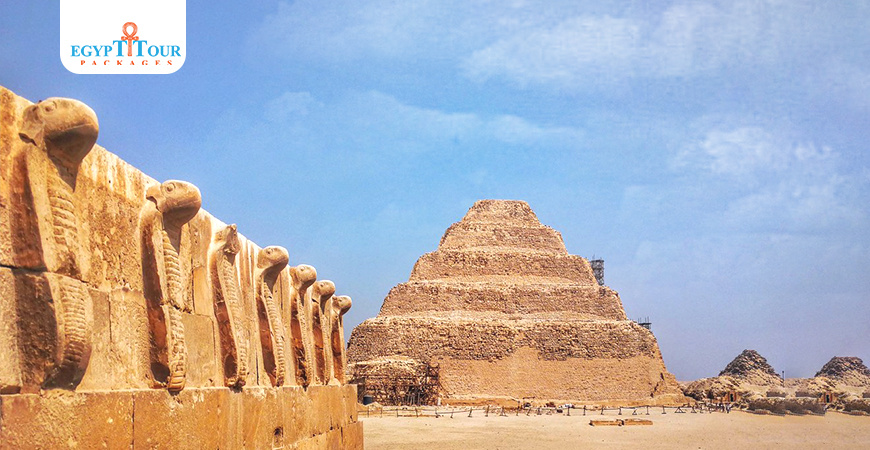







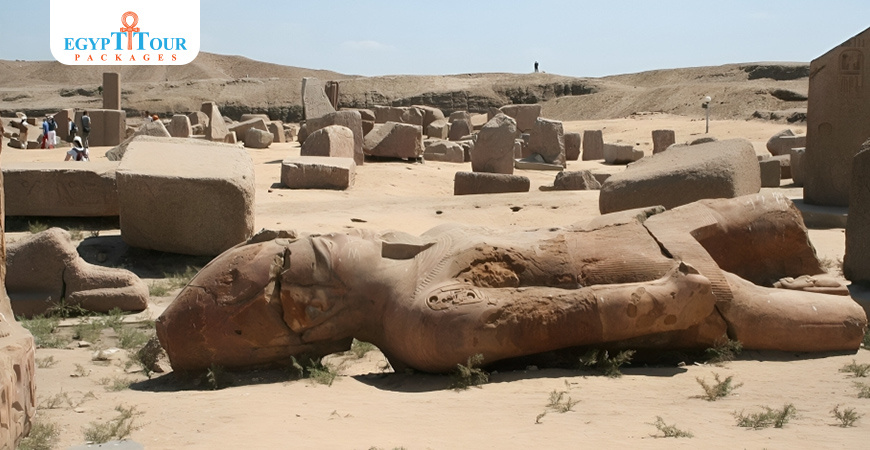


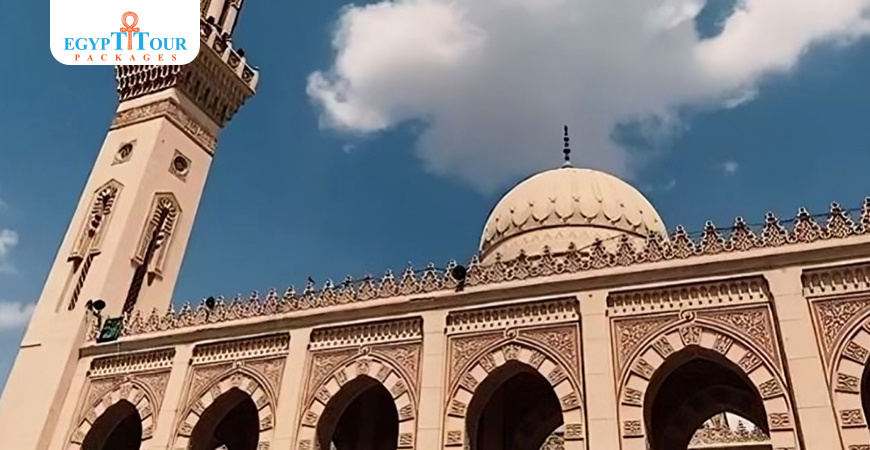


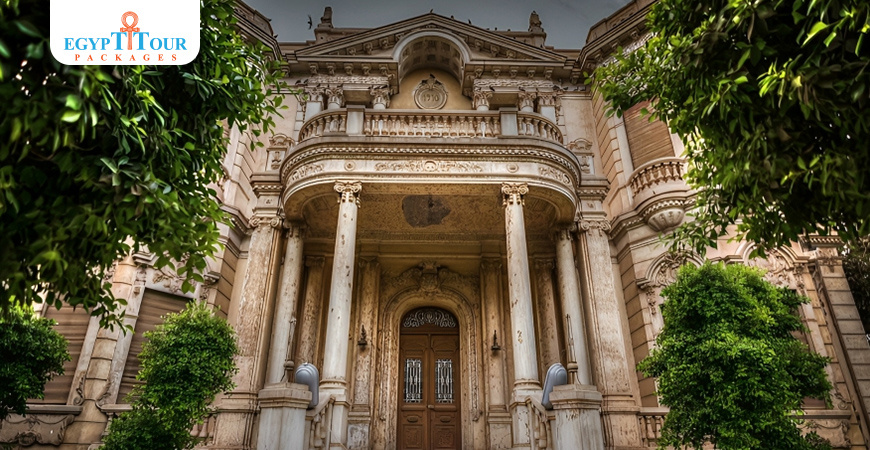
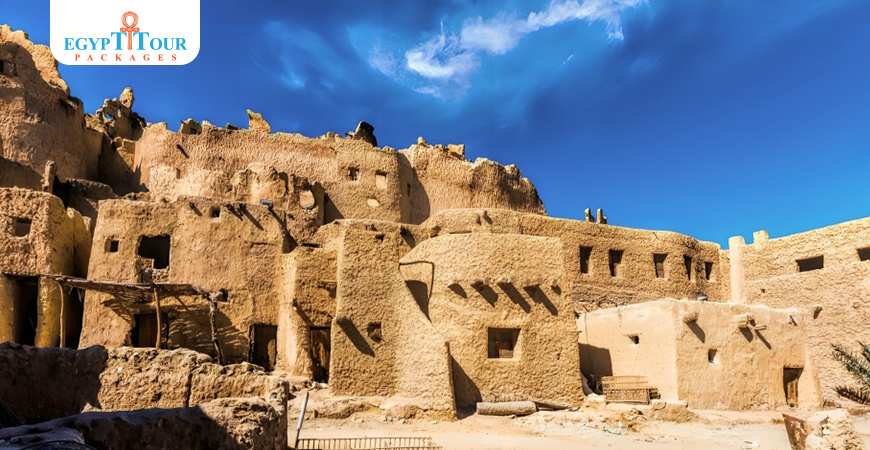
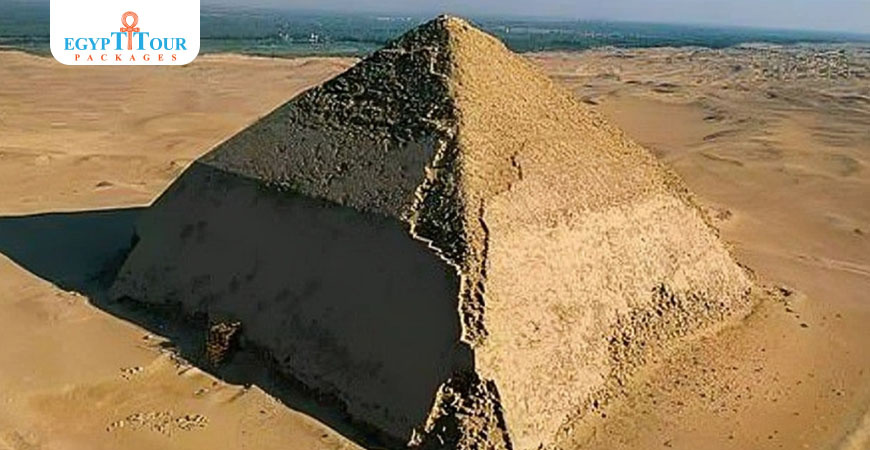
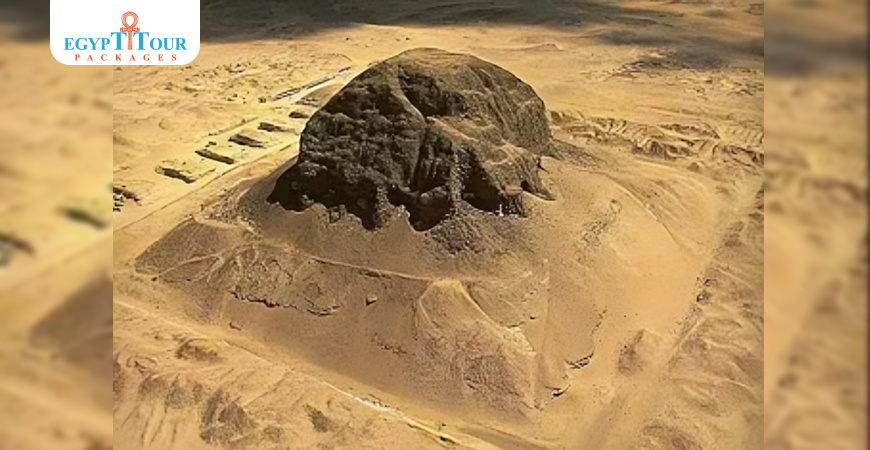
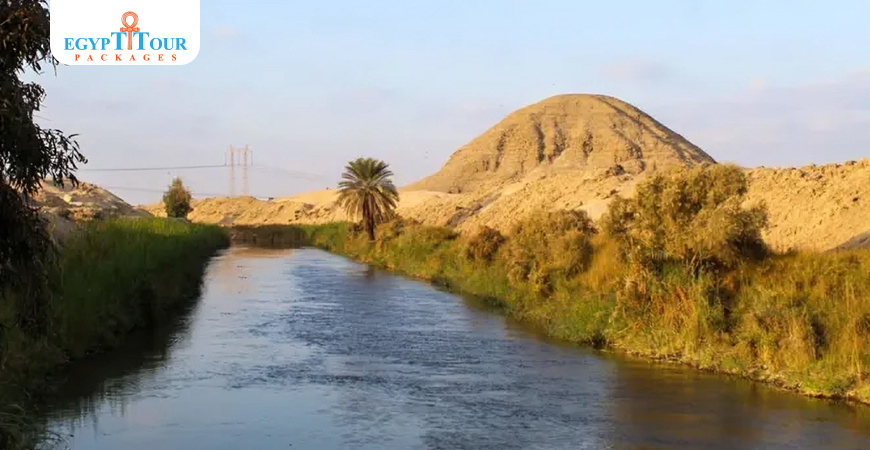



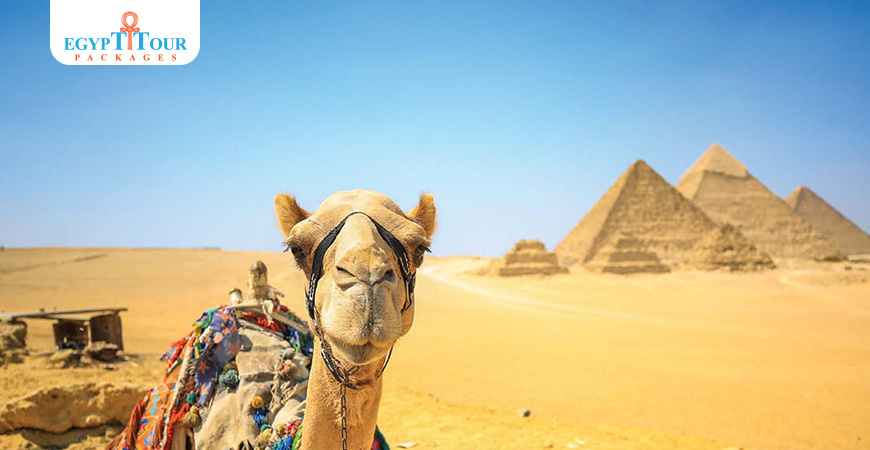











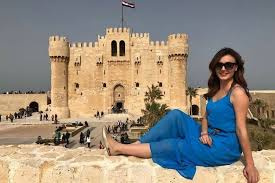

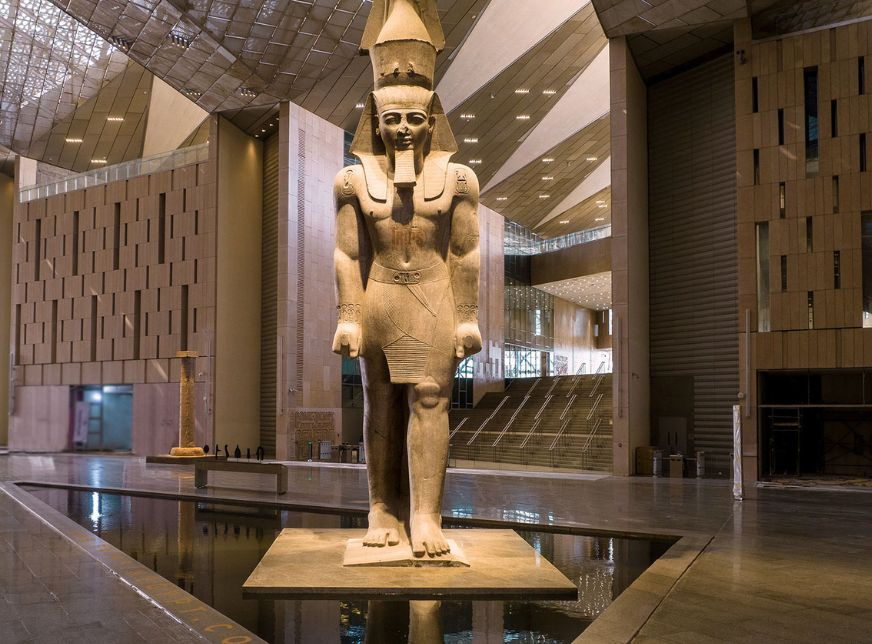






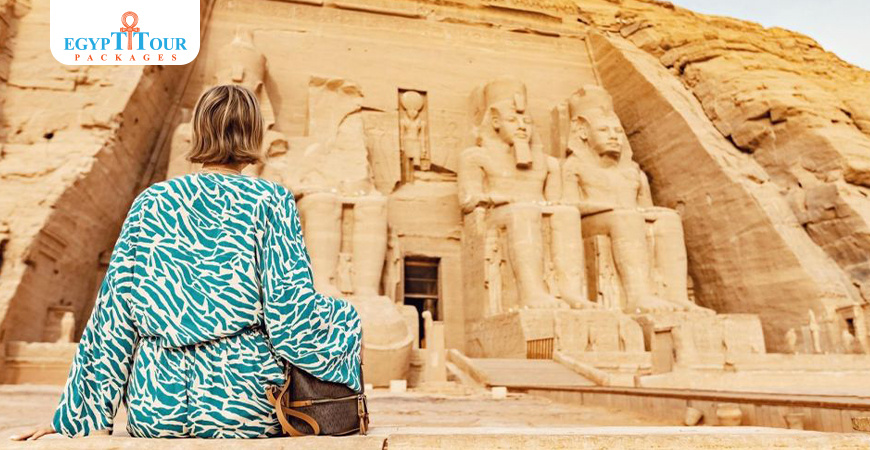
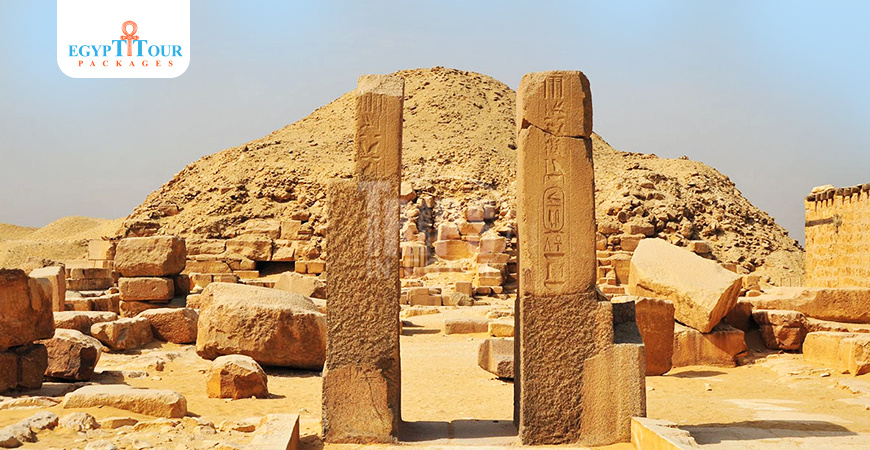

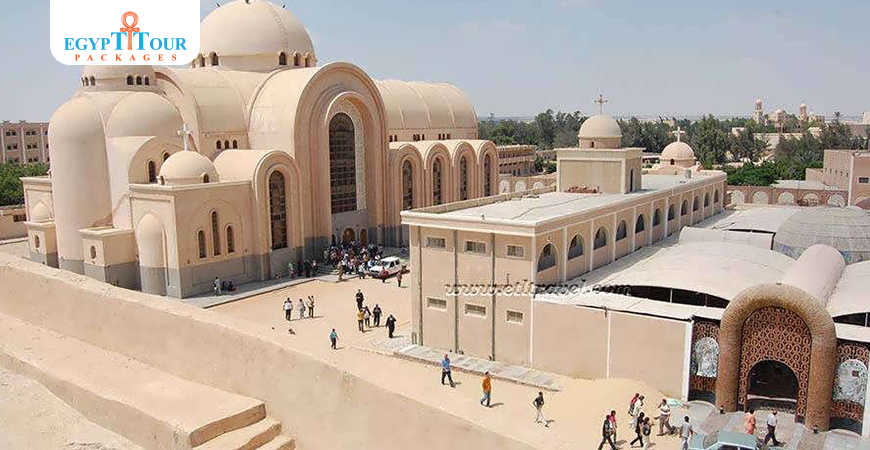
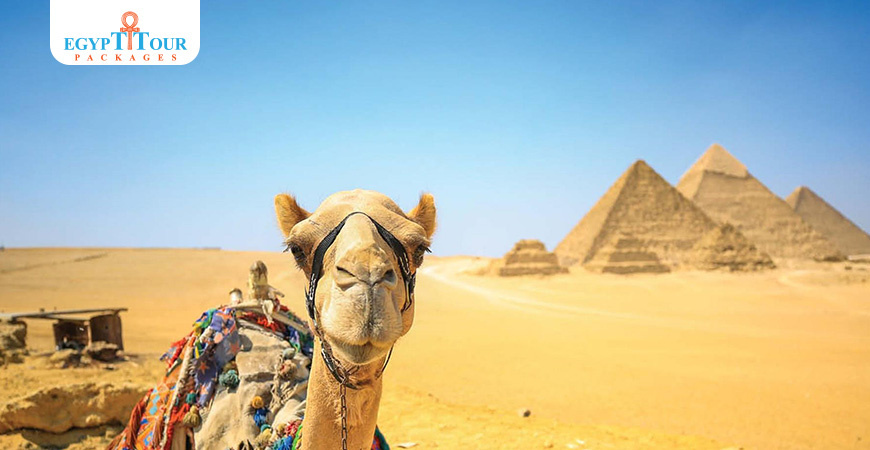





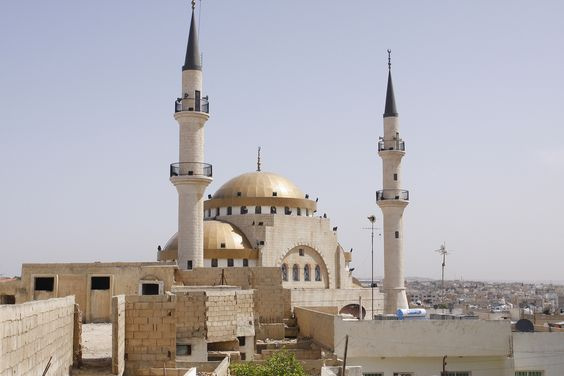
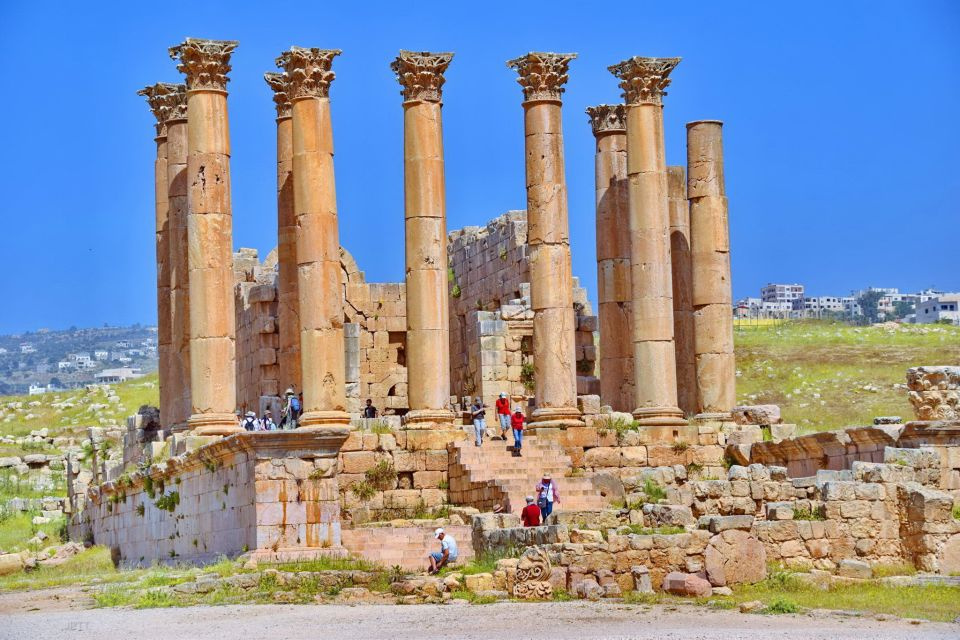
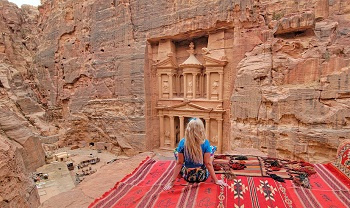






0 Comments